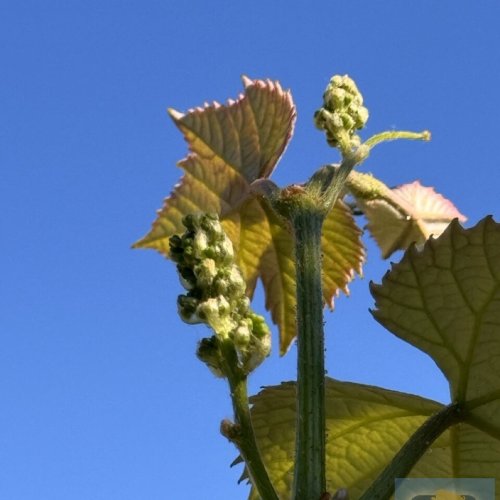- Time of past OR future Camino
- Via Gebennensis (2018)
Via Podiensis (2018)
Voie Nive Bidassoa (2018)
Camino Del Norte (2018)
We are about to start our Camino del Norte, and we have been told (by French pilgrims on the Via Podiensis) that we must not drink water from the tap in northern Spain.
Is that correct?
If so, how have you managed your water supply? (Answering that you didn't drink water, because you only drank vino is not helpful )
)
Is that correct?
If so, how have you managed your water supply? (Answering that you didn't drink water, because you only drank vino is not helpful



















